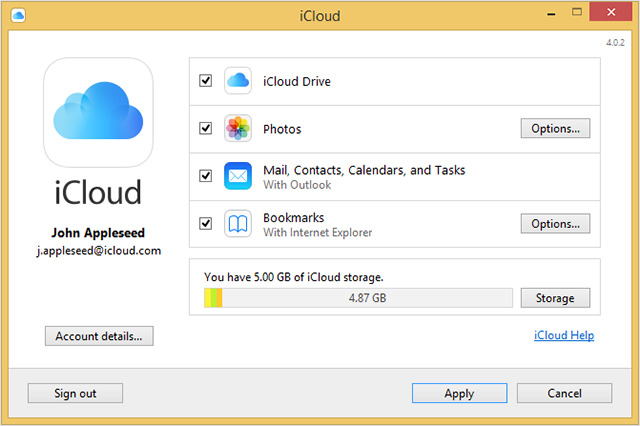

If you love the new MacBook Air but you need specific Windows apps, this is your only solution. Indeed, running Windows on the 2022 MacBook Air, or any Mac powered by Apple Silicon, is more cumbersome and expensive than on Intel-based Macs, but the option does exist. This will make it so that you no longer receive Insider builds once the next major version of Windows is available, so you can actually have a stable version of Windows installed. From here, turn on the option to Unenroll this device when the next version of Windows releases. Something else you'll probably want to do is head into the Windows Update section and then choose Windows Insider Program. Once you've set up the VM, you'll need to go into the Settings app on Windows 11 and go to the Activation page (in the System section) to enter your license key in order to activate Windows. The Standard Edition is also available as a one-time purchase for $99.99, but that means you don't get premium 24/7 support or upgrades to the latest version. Parallels Desktop 17 is available as a subscription service starting at $79.99 per year. That means you can expect the company to continue offering support and technical assistance if you have any issues. This is the latest version of Parallels- virtualization software, and the key here is that it officially supports Windows 10 and 11 on Apple Silicon Macs. How to install Windows on your MacBook AirĪs we've mentioned, the first thing you'll need in order to run Windows on your 2022 MacBook Air is a license to Parallels Desktop 17. To do that, you'll need the help of Parallels Desktop, which is a paid software, meaning not only that you need to buy a Windows license, but also a Parallels Desktop license. That means some workarounds are necessary, but it is technically possible to run Windows on the MacBook Air. And while Microsoft does make Windows for Arm, it's not available to download - the only official way to get it is by buying an Arm device with Windows already installed. You also need a version of Windows designed to run on Arm-based processors. Boot Camp was the primary way to run Windows on Macs, so this makes things a bit more complicated since you now have to rely on third-party software. First off, Apple has removed Boot Camp from Apple Silicon Macs altogether.


 0 kommentar(er)
0 kommentar(er)
